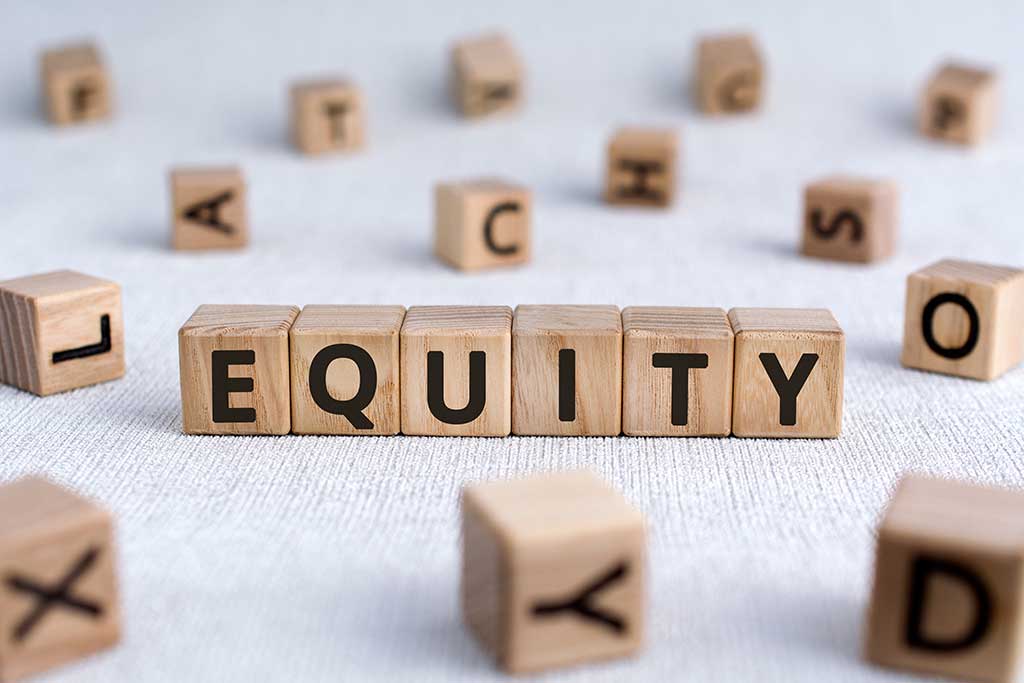One of the traditional asset protection measures is equity stripping – the process of lowering your real estate asset’s value. It includes encumbering assets (your property) with debt to the point where it’s unattractive for creditors. By granting another individual a claim against your property, you can maintain control over it while making it worthless to potential litigants. Although this appears to be an easy strategy, certain conditions must be satisfied in order for it to be effective. Want to learn more? Our guide to encumbering assets and equity stripping will help you out.
Understand the Basics
Essentially, equity stripping is used to protect the ownership of your real estate assets by making the value of these assets worthless to creditors. Owners try to protect their homes and other properties from attachment in lawsuits by having equity in the property complicated or expensive to obtain. You get to enjoy and control your property but make it valueless to creditors.
Similar to many other asset protection strategies, equity stripping must be carried out long in advance of the moment when protection is necessary. Any asset protection strategies used during a legal proceeding are typically deemed inappropriate by the courts and is usually deemed a fraudulent conveyance. So, what are some ways you can equity strip your assets?
Using Home Equity Line of Credit (HELOC)
A common strategy to decrease the probability of attachment is to borrow against your asset and provide another individual a lien for the debt obligation. HELOC is a common way of borrowing. A HELOC gives the lender a lien on the equity of the property, which acts as security for the loan. Even an unpaid equity loan will dramatically lower your equity. HELOCs make it far more costly and harder for creditors to get the true equity in the property, discouraging them from commencing legal actions.
Homestead Exemptions
Homestead exemptions are available in many states. This restricts how much a creditor can claim to satisfy a debt. But for many, homestead exemptions can only safeguard a portion of their home’s equity value. A $400,000 house without a mortgage with a home exemption of $100,000 means having equity of $300,000 exposed. In scenarios like these, it makes sense to maintain a loan on the property to keep your equity below $100,000.
Use Cross-Collateralization
Encumbering assets in your property through cross-collateralization, is a way that you can use equity as collateral for other assets. Although there isn’t a lien on it, it can’t be attached since it exists to safeguard the interest of another guarantee or loan.
Equity stripping is an effective asset protection measure when executed well. No matter which strategy you decide to use, consult an asset protection specialist to help you craft the best plan. Whether you choose an account or attorney to help you, you shouldn’t just let them manage your valuables without knowing what’s going on. Take the steps to educate yourself on what’s happening to your valuables. At Protect Wealth Academy, you can learn how to safeguard your assets, decrease taxes, and build wealth.
